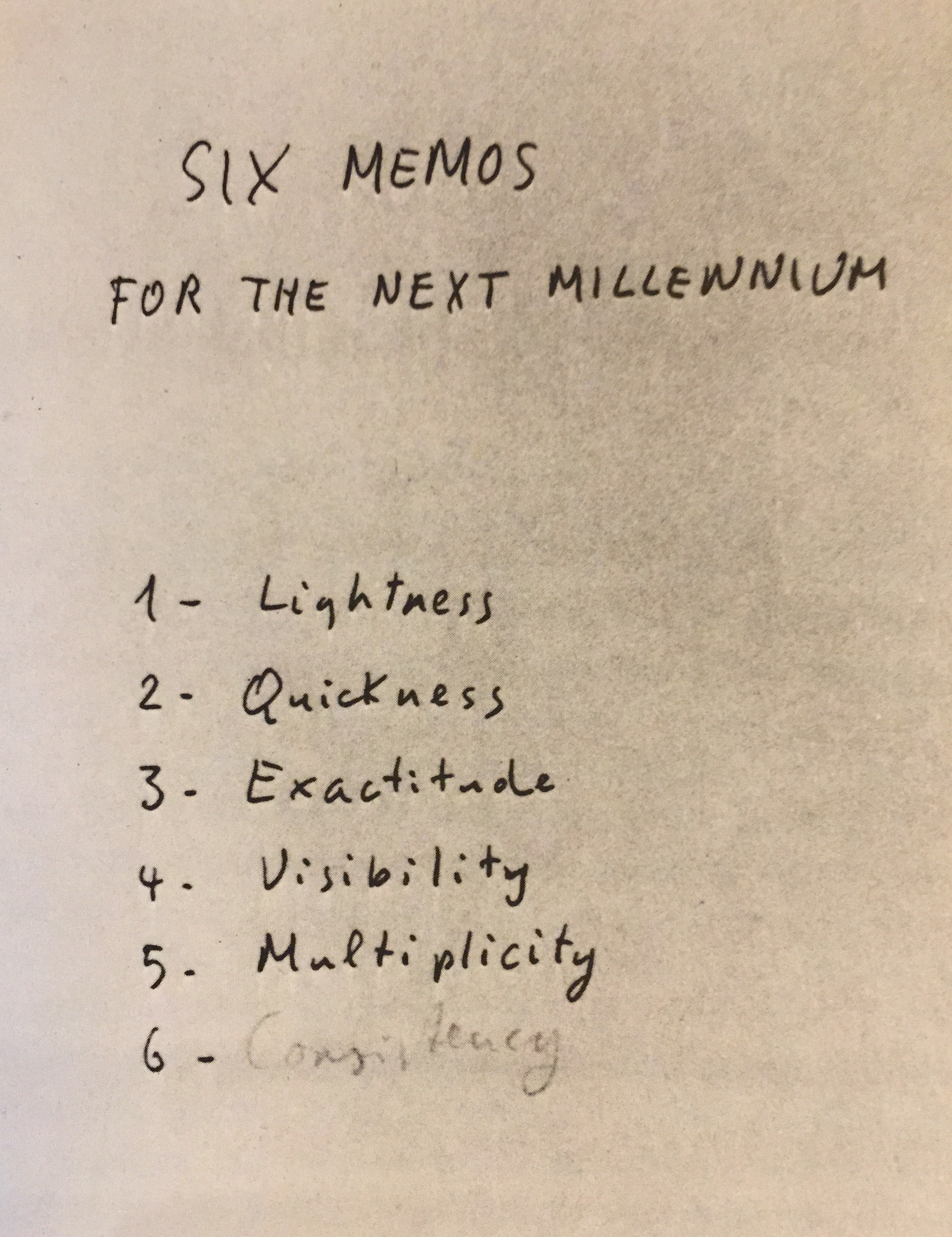07.ITALO CALVINO
The 10 Best Italo Calvino Books
By Michael Wood |
Jul 26, 2013
Italo Calvino was a writer who remained true to himself by restlessly seeking change. Fantasy, science fiction, fables, essays, anthologies, autobiography, novellas, novels: the same wit and playfulness were always there, as was a certain special sort of seriousness. The interesting question, all the time, was where there was.
Calvino’s first published work was The Path to the Nest of Spiders, a novel in more or less realistic (even neo-realistic, as in the Italian cinema) mode about the Italian resistance to the German army during World War II. After a protracted attempt at a second such novel, he never worked in this tradition again. But he didn’t abandon reality, only the ambition to depict it directly. He made a subtle, helpful distinction when he protested against the translation of the title of his novella The Non-Existent Knight as The Unreal Knight. "I never say the knight is unreal," Calvino remarked. "I say that he does not exist. That is very different." What we imagine is real too, and may be one of our best roads to understanding the supposedly solid historical world.
Another fine phrase from a letter. Calvino said that as a writer he aimed at "a clown-like mimesis of reality." A representation of life with lots of make-up and antics, full of laughter and sorrow, but not immediately, realistically plausible. Yet a version of reality all the same. Who has ever thought clowns are not real?
Here are brief evocations of 10 works by Calvino. I haven’t ranked them, because they are so different from each other--but it would be a fine game in the spirit of Calvino to try out different rankings and decipher our reasons for them.
If on a Winter’s Night a Traveler -
This is a novel that pretends to be a novel that can’t get started. Through various editorial and other mishaps, every chapter turns out to be not a continuation of the work we are supposed be reading but the first chapter of another one. There are wonderful parodies here, of Borges, of French thrillers, Japanese erotic fiction, political allegories, Latin American magical realism. And in the end the disparate stories do add up to an ironic but tender happy ending. The two readers we have kept meeting manage to get together and stay together.
Invisible Cities
In this extraordinary mixture of fantasy, fable and history Calvino traces the conversations of Marco Polo with the Great Khan. Each conversation is effectively a place, an invented, magical city that Polo ‘tells’ to the Khan as if it were a story. Every city offers images of great beauty and bewilderment, and the tone of the work darkens delicately as it progresses towards its ultimate, ambiguous visions of hell
Six Memos for the Next Millennium
These memos represent the lectures that Calvino was to have given at Harvard in 1983. He had written five of them at the time of his death, so that in English the very title represents a wish and a regret--the Italian book is called Lezioni americane, Italian Lessons (or lectures). Each lecture evokes a virtue that Calvino would like humanity to take with it, if possible, into the next millennium. The virtues are: lightness, quickness, exactitude, visibility, multiplicity
The Road to San Giovanni
- This is an autobiographical essay about Calvino’s childhood in San Remo--long walks in the mountains, many movies, time on the beach. His love-affair with Ginger Rogers, he says, was "star-crossed from the start, even in my daydreams, since I didn’t know how to dance."
Mr Palomar -
Mr Palomar is a lonely modern thinker, a portrait of the artist as a man with time on his hands. He looks at the sky, his lawn, the sea, starlings, tortoises, Roman rooftops, a girl, giraffes and much else. He wants only to observe, to learn a modest lesson from creatures and things. But he can’t. There is too much to see in them. Still, he keeps looking, a model for all those of us who would like to understand more (of anything) than we do
The Castle of Crossed Destinies
- In this pair of long stories, groups of travelers are stranded (in a castle, in a inn) and mysteriously unable to speak. They are desperate to tell their stories, though (they all have stories), and manage to do this by laying out playing cards on a table in a certain order. Many adventures arise, including some old and famous ones, those of Faust and Oedipus, for example. There is even a flickering figure who resembles Sigmund Freud















